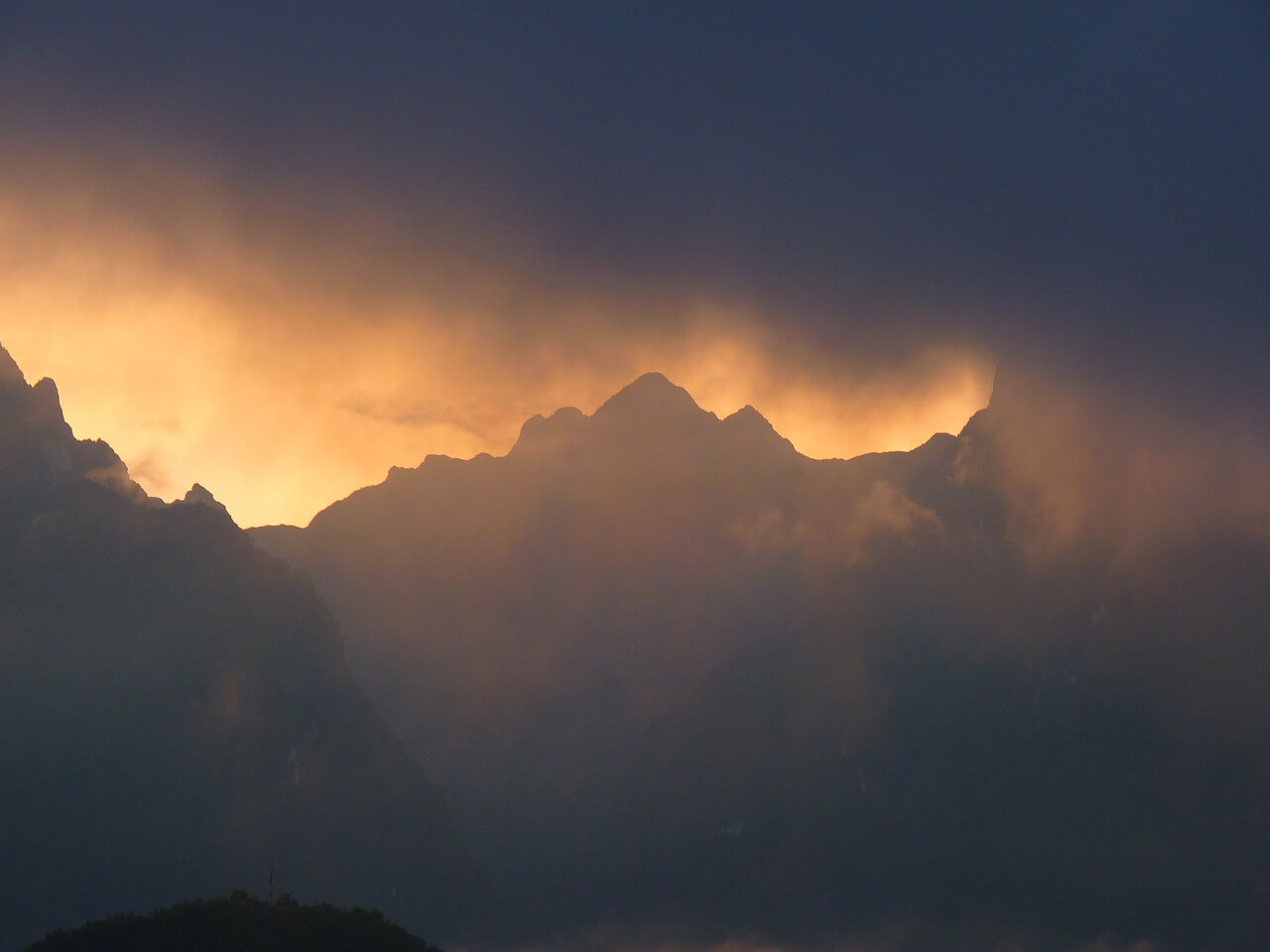
Machu Picchu was deliberately built in the midst of tectonic errors
 18. 10. 2019
18. 10. 2019

The ancient city of Machu Picchu is considered one of the greatest architectural triumphs of mankind. The city was built in the Peruvian Andes on top of a narrow ridge high above a steep river canyon. The place is perfectly integrated with stunning landscape.
Machu Picchu is pronounced as a cat picca (Machu Pikchu - Old Hill) in Quechua. The city was built in 1430, after which it was abandoned and completely decayed and fell into oblivion. In 2007, Machu Picchu was ranked among the seven new wonders of the world. What happened in the mythical city? Machu Picchu was built in a place of no economic or strategic importance. Perhaps the Incas wanted to be closer to their deity. In 16. The city escaped the attention of the Spanish conquerors, but after the disappearance of the Inca Empire completely disappeared in the naturally spreading vegetation. According to theories, the inhabitants have succumbed to some diseases, such as smallpox.
Mysterious location
However, the location of the city has long puzzled scientists. Human civilization has always occupied a territory a few hundred meters above sea level. Only a handful of cities were built on the border of two kilometers above sea level. But Machu Picchu was built in a very inaccessible and tectonically erroneous place, why?
New research conducted by Ruald Menegat, a geologist at the Brazilian Federal University of Rio Grande do Sul, suggests that the answer may be directly related to these geological errors below the city. Indeed, on the basis of geoarchaeological analysis, it appears that the Incas built their city, like some other cities, in places where tectonic errors encounter and that its location is not accidental.
X below the city
A combination of satellite images was recorded and field measurements were made - Menegat mapped a network of intersecting disturbances under this Inca miracle. The analysis showed that the disturbances differ. There are small cracks in the stones, but there is also a 175 kilometer-long line of cracks that affects the orientation of the river in the valley.
These failures have occurred in several “orchards”, some of which correspond to the major failure zones responsible for the growth of the Central Andean Mountains over the past eight million years. Most strange is that some of these errors are northeast-southwest oriented and others are northwest-southeast oriented. Together they create an imaginary "X" that lies just below Machu Picchu.
Masters of broken rocks
Individual buildings, staircases and agricultural fields are built according to these trends of major geological errors. Other Inca cities such as Ollantaytambo, Pisac and Cusco are in exactly the same way. They were built in the middle of tectonic errors - at the intersection of failures. Each city is an expression of the major disturbances in the geological network.
Tectonic errors are as important here as the stones from which the city was built. Masonry without mortar is made up of stones so perfectly connected that you would not insert a credit card between them. The Incas used building materials from the break zone. Because the stones cracked, it was not so difficult to cut and cut them. It is likely that the damaged landscape did not only offer the Inca the benefits of easy carving and machining of stones. Tectonic errors seem to have caused the water to be directed towards the city. Due to the high position, there is no risk of avalanches and landslides, as is otherwise common in high mountain areas.
If storms and too heavy rains arrived, due to disturbances in tectonics, the water washed away very quickly, so the risk of flooding was eliminated. So it seems that the Inca Empire was an empire of "broken rocks" and very cleverly built cities.





 6
6

